 | In the Field
| In the Field
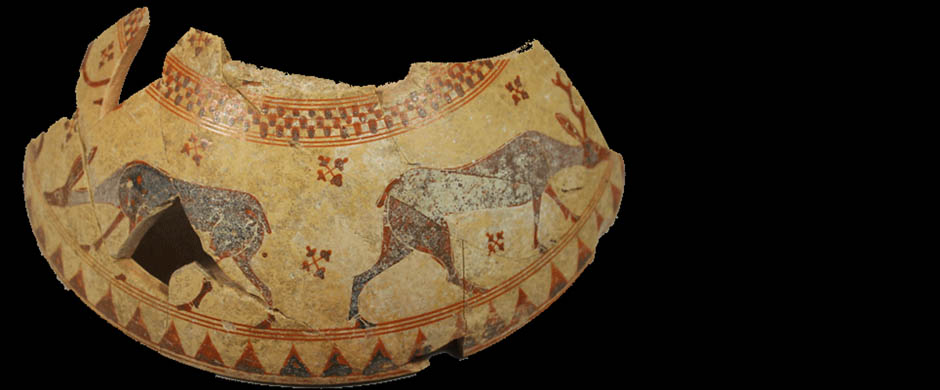
IFA Excavations at Selinunte
Summary of Excavation Results, 2007
The mission’s first excavation season in the main urban sanctuary of Selinunte, conducted between May and June, saw the opening of three trenches in the southwestern area of the sanctuary [Figure 1].
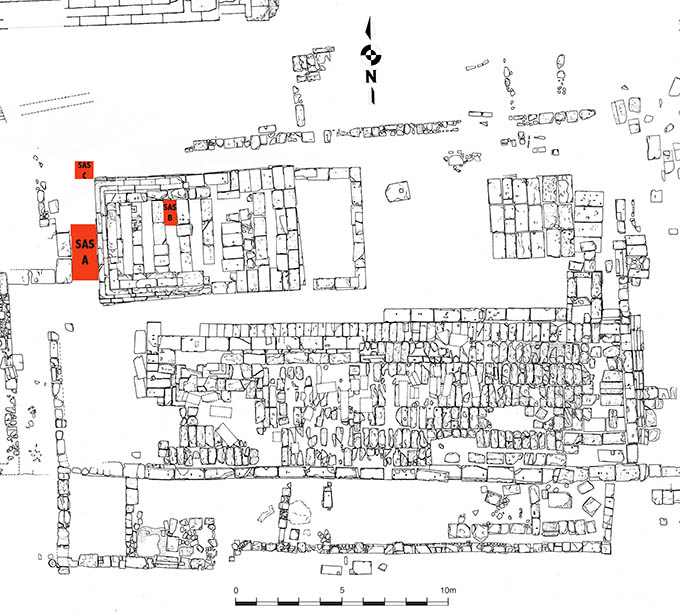
Figure 1. Area of Temple B with indication of Trenches A-C. © Institute of Fine Arts, NYU.
The largest trench was opened along the western front of Temple B (Trench A, 1.20 x 2.70 m) [Figure 2].
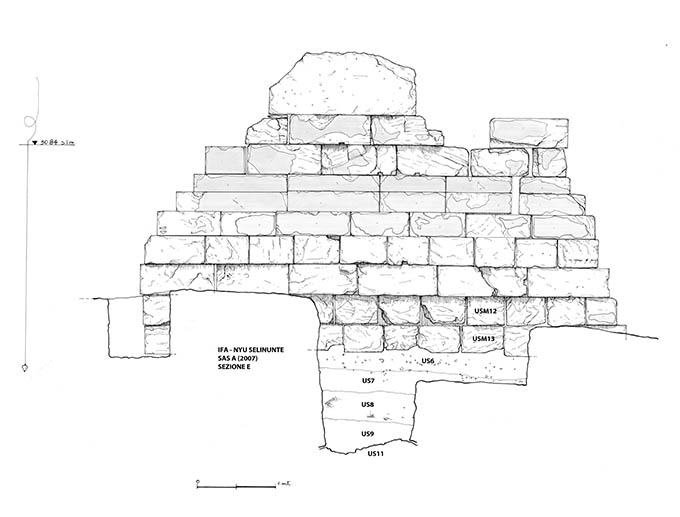
Figure 2. Trench A, East Section. © Institute of Fine Arts, NYU.
Within the trench, the entire stratigraphic sequence was documented, with bedrock reached in the southern half. This excavation was particularly significant, in that it immediately revealed the presence, in this area of the sanctuary, of an intact stratigraphic sequence, from the Early Hellenistic period all the way down to the Bronze Age. The reason why these lower levels were left unexcavated may depend on the fact that the excavations carried out in this area in the nineteenth century (1823, 1832, and 1876) reached only the level of Temple B’s lower foundations, likely on the assumption that these foundations would lie on bedrock. Instead, the foundations of Temple B lie upon layers of earth and sand, quite above the bedrock. Excavation revealed that a stratum of red earth mixed with sand covered the bedrock, which included a fragment of an obsidian blade. The presence of Bronze Age pottery [Figure 3] in the upper strata further attests to a frequentation of this area in the prehistoric period.
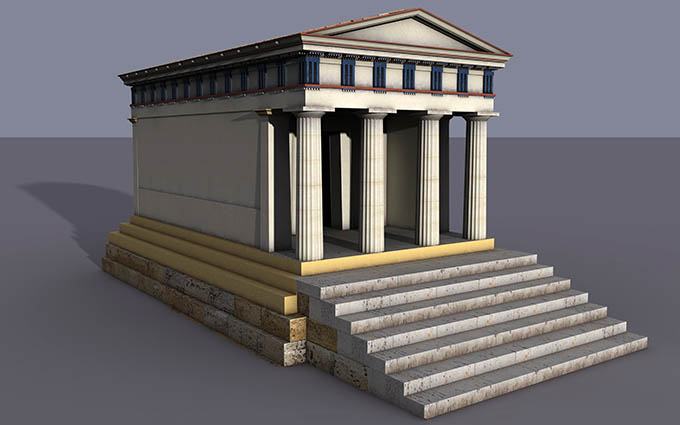
Figure 3. Temple B. Virtual reconstruction by Clemente Marconi, David Scahill, and Massimo Limoncelli. © Institute of Fine Arts, NYU.
Upon this was a second stratum of red earth mixed with sand, this time sterile. A brown layer of earth mixed with sand lay above, containing pottery dated to the Orientalizing and Early Archaic period, including Protocorinthian: this layer is to be connected with a first phase of use of this area as a sanctuary. The next stratum (partly disturbed by the construction of Temple B, as was the stratum above), was a yellow layer of earth mixed with limestone chips, with a significant amount of pottery of the Early Archaic period: this layer is best understood as a phase of leveling of the area in connection with the construction of Temple R (ca. 580 BCE). Upon this rested a second brown layer of earth mixed with sand, with pottery dating from the Early Archaic period down to the early fifth century. This stratum represents the period of ritual function in front of Temple R. The large quantity of votive materials points to the cult of a goddess, evidenced by the large number of pyxides and the dedication of several jewels. Immediately on top of this layer were three strata of earth all datable to ca. 300 BCE based on ceramic analysis. These layers, which raised the ground level by at least 0.60 m, are part of the leveling of this area prior to the construction of Temple B.
The second trench was opened inside the cella of Temple B, between the courses of blocks serving as foundations for the floor (Trench B, 0.40 x 2.00 m). In this trench, we could reach to a depth of only 0.80 m, uncovering five unique layers of fill, each consisting of earth mixed with sand, chips of stone from the dressing of the ashlar blocks of the temple, and fragments of tiles and pottery, particularly transport amphorae. The pottery suggests a date of ca. 300 BCE for the construction of Temple B.
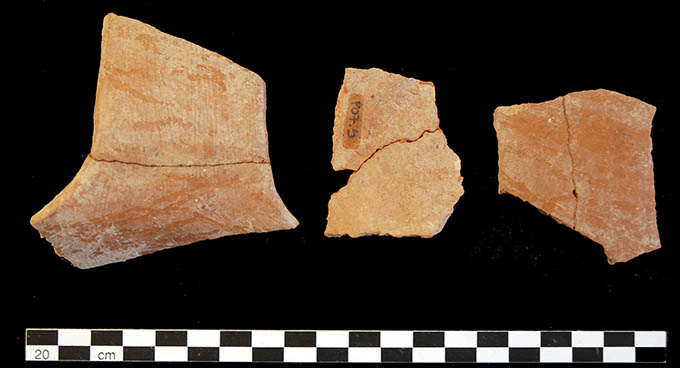
Figure 4: Prehistoric pottery from Trench A. © Institute of Fine Arts, NYU.
The third trench was opened against the northwestern corner of Temple B (Trench C, a square of 0.80 m l). We reached only to a depth of 0.85 m, yet found the same stratigraphic sequence as in Trench A. Particularly notable was the presence, in the Early Hellenistic fill, of fragments of the architectural terracottas from Temple C to the north.
Clemente Marconi, The Institute of Fine Arts, New York University